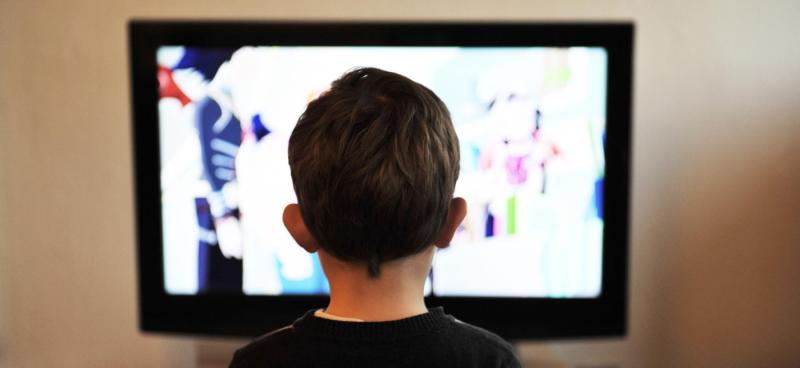
Research shows that play time is vital for children’s learning and development, helping to build social, cognitive, emotional and physical skills.
In the digital age, there’s concern that too much screen time is displacing this important building block with today’s children venturing outside much less than previous generations.
A 2006 study published in The Journal of the American Medical Association showed that there’s been a gradual decline in children’s free and unstructured play since the late 1970s. *
Digital wellbeing and productivity expert Dr Kristy Goodwin says physical movement and time outdoors in nature is vital for optimal brain function, but many children spend their idle time “staring at screens not sky”.
“Our kids and teens are having digitalised childhoods and adolescence,” Dr Kristy says.
“We know they’re spending more time with pixels than with people, and for many of us, as adults, we had analogue adolescence. We spent our leisure time staring at the sky, not at a screen. And so, childhood and adolescence looks so very different to what it did in the 70s and 80s.
“But the harsh reality is, whether we love it or loathe it, technology is here to stay. It’s an integral part of young people’s lives academically; it’s a very significant part of their leisure time; it’s their conduit for connection with their peers; and so, we have to accept that technology is here to stay.”
The RCH National Child Health Poll that was conducted before the COVID pandemic estimated that primary school aged children were spending approximately 32 hours per week on screens outside of the school day, while teenagers were chalking up almost 44 hours of screen time per week.
While some screen time facilitates online learning and homework, a lot of screen time is for leisure, effectively displacing other activities which are vital for mental and physical wellbeing, such as sleep, exercise, time outdoors and face-to-face connection.
“If children are constantly tethered to devices their brains don’t get down time. They don’t get to switch off,” Dr Goodwin says.
“Children need white space for their minds to wander and process information and the opportunity for creative expression. But they can’t do this if they’re constantly processing information on screens. We need to teach children how to unplug from technology and plug back into real life … and the slower pace of life that nature organically offers.”
We can’t turn back the clock. We’re all living in a digital world. But it’s important to keep these guidelines in mind to achieve a healthier balance for your child and family.
For more great advice on how to achieve digital wellbeing in your family, tune in to our latest Life Ed podcast – Gen Digital: Helping kids thrive in an online world ~ with Dr Kristy Goodwin.
Studies cited in Raising your child in a Digital World: Finding a healthy balance of time online without techno tantrums and conflict, Dr Kristy Goodwin, Finch Publishing, Sydney, 2016.
*2006 study – Ogden CL, Carroll MD, Curtin LR, McDowell MA, Tabak CJ & Flegal KM 2006, ‘Prevalence of overweight and obesity in the United States, 1999–2004’, The Journal of the American Medical Association, 295(13), pp 1549–1555.